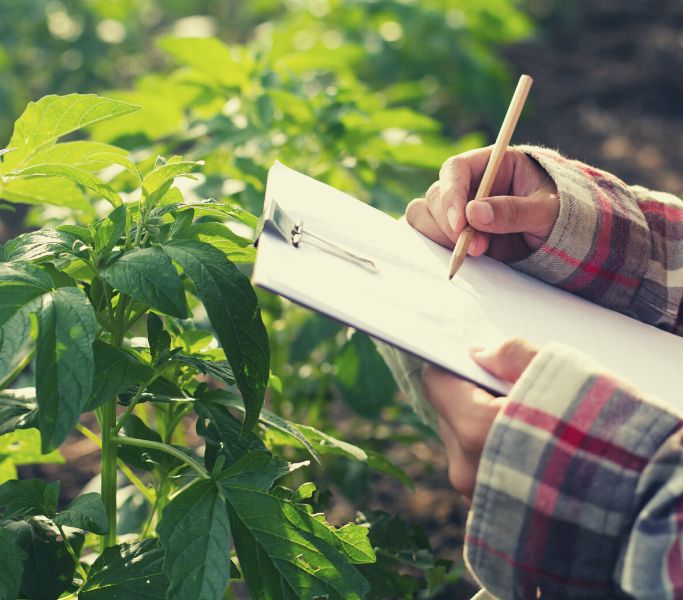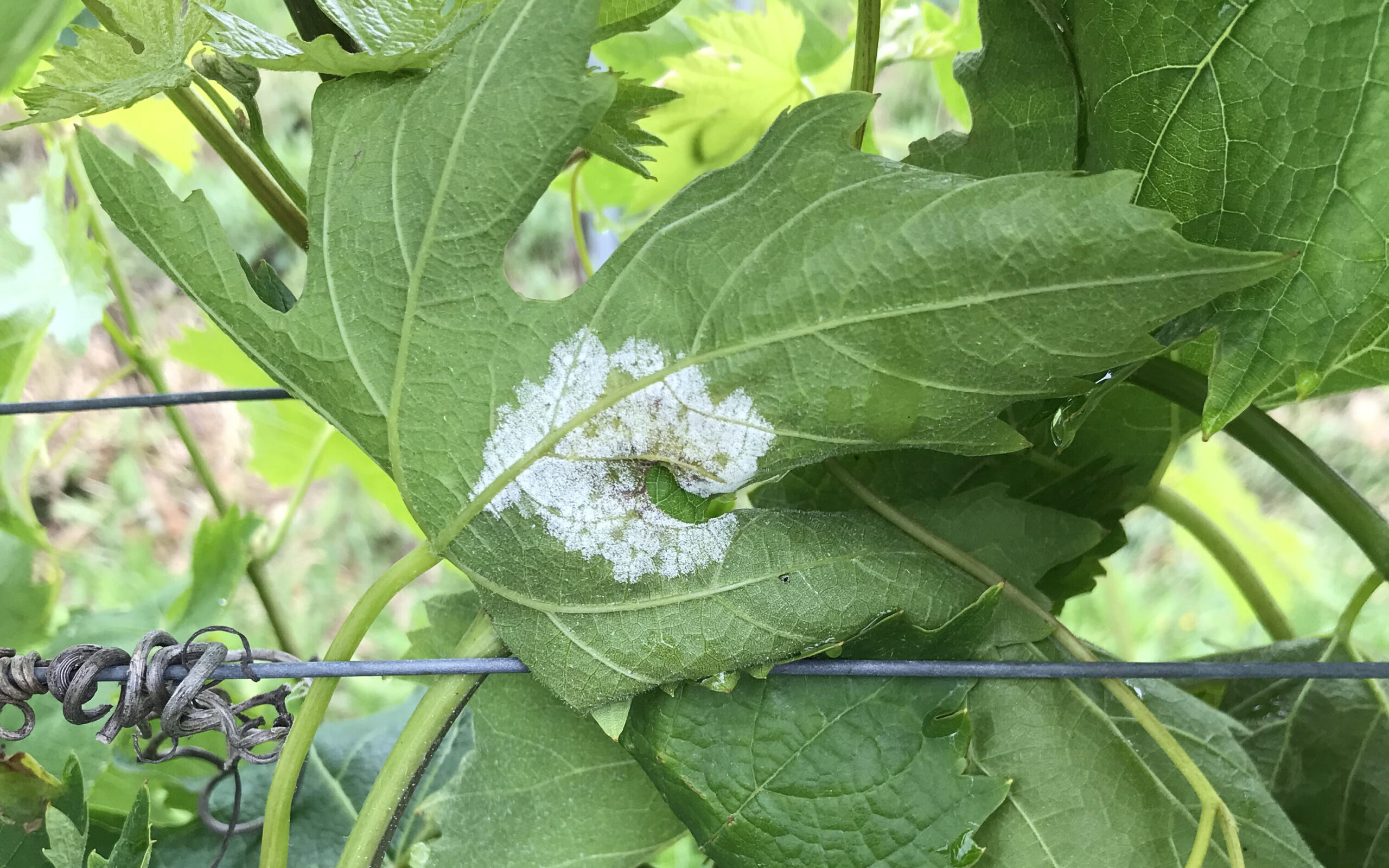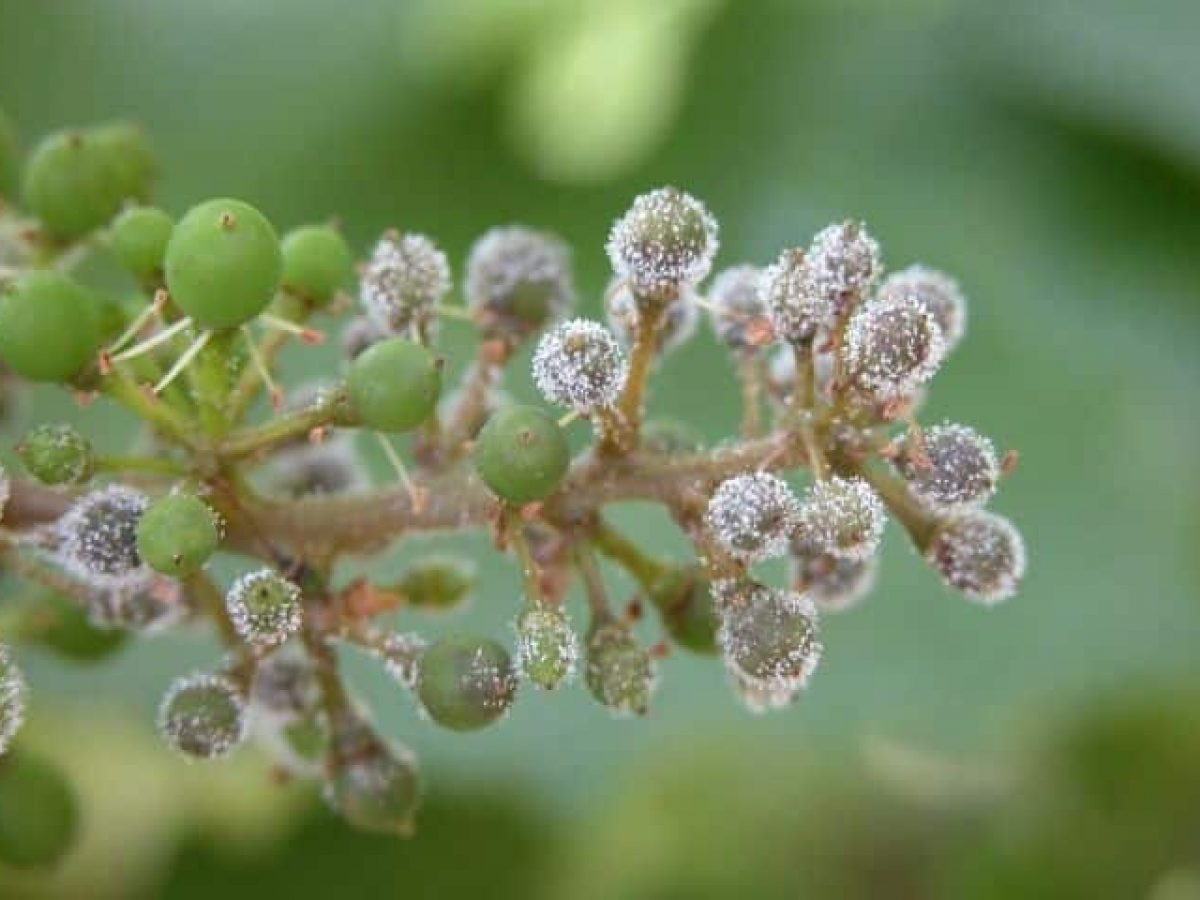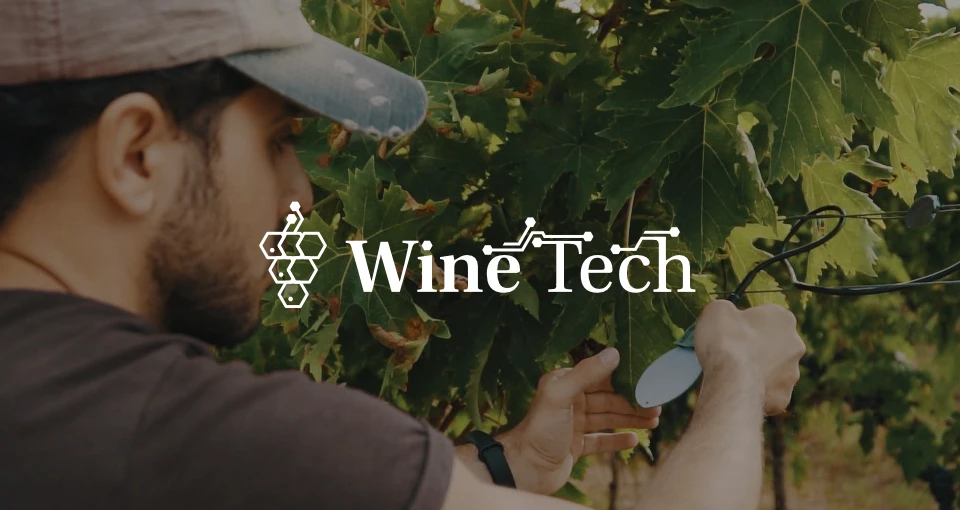In this article we will talk about the main diseases of the vine, going to understand what are the symptoms, causes, effects and main methods used to treat them or predict their advent.
In fact, it happens very often that depending on the vintages these diseases have a very heavy impact on the production and quality of the growth of the vine and consequently of the wine product.
Table of Contents
- The main diseases of the vine
- The Peronospora of the Vine
- Oidium
- Black Rot or “Black Mark”
- Red Blotch Disease or Disease of Red Spots
- Botrite or grey mold
- Pain of bait
- Escoriosis
- Nutritional deficiencies of the vine and onset of diseases
The main diseases of the vine
Usually when talking about diseases of the vine we immediately think of pathogens that cause loss of production of the same. In general, however, we can divide these diseases into three large groups:
- diseases due to fungal pathogens;
- diseases due to parasites (which we will discuss in depth in the next article);
- diseases due to nutritional deficiencies.
The differences between these groups are soon explained:
- the first group includes diseases such as the Peronospora, theOidium, the Black Rot, the Red Blotch Disease, and related;
- in the second group, however, the zigena, the Carruga, the cecidomia, the Calandra, the botrite, the phylloxeraThe golden flaves, the virosi, the tignoletta and related;
- in the third and last group, however, we find all the symptoms or pathologies derived from nutritional deficiencies.
The Peronospora of the Vine
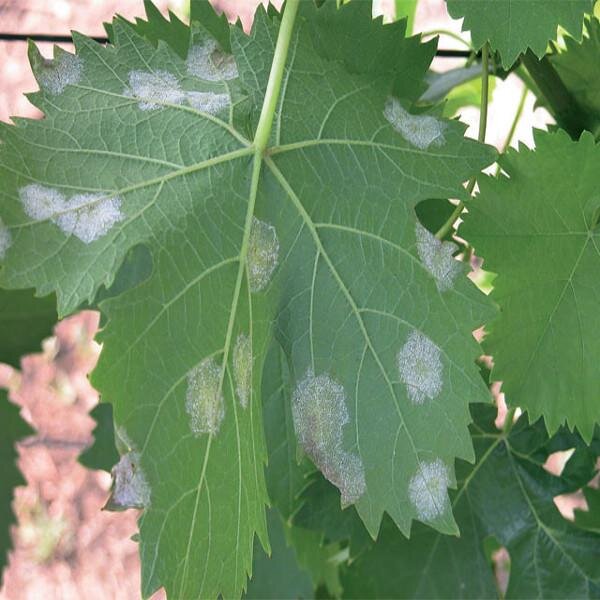
Effect of peronospora on leaves
The Plasmopara viticola, its scientific name, better known as peronospora is one of the most widespread and dangerous diseases for vines.
Symptoms and diffusion
It remains in the soil in the form of spores and its development is linked to weather conditions,
in fact, it is most commonly found in humid climates where there are large amounts of rainfall during the growing season.
It usually occurs in spring and can be identified at an early stage if the surface of the leaf has the characteristicsoil stains”, that is, roundish discolorations.
As we said its development is linked to weather conditions and the parameters to which we need to pay more attention are basically three:
✔ sprouts of 10 cm
✔ Rain over 10 mm in the last 24-48 hours
✔ minimum temperature of 10 degrees
Fight and prevention
Malanospora, if not properly cured, can lead to significant production losses. To date, the most widely used remedies concern the use of plant protection products through so-called “calendar” treatments.
On the market, however, some realities innovative they have begun to propose prevention methods based on monitoring microclimatic conditions and the massive use of data.
If this general information is not sufficient you can deepen the topic of Peronospora of the vine.
Also, if you are a winegrower and have found this interesting article subscribe for free to Peronospora Zero and you will receive the GUIDE on the PERONOSPORA OF VITE
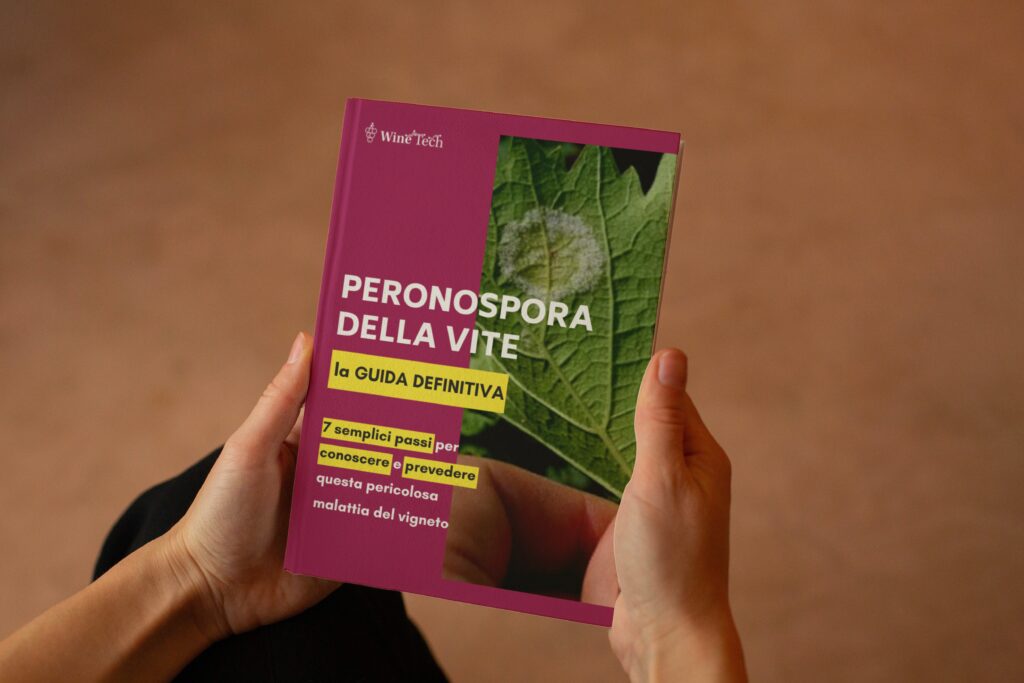
Oidium
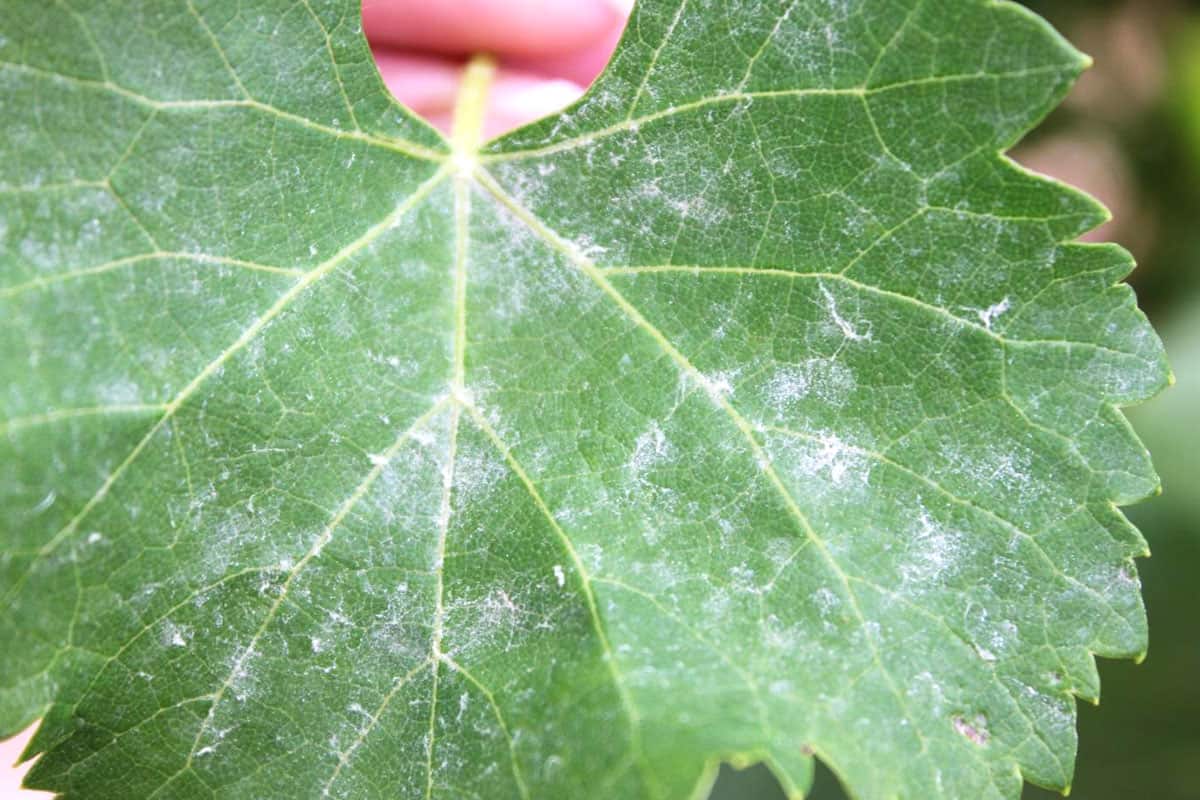
Effect of Oidium on Leaves
Hatred, scientific name Uncinola necator, is also a disease caused by a fungal pathogen and affects both plants and animals.
The latter is a disease of the vine and affects the leaves and berries, but it can also affect other types of fruits and vegetables. It is mainly found in Europe and North America.
Symptoms and diffusion
The disease spreads when spores settle on healthy plants and begin to grow.
This can also be spread by people who do not properly sanitise their hands after touching infected plants. In addition, spores also spread through wind, water or insects.
Spores can live in the soil for up to ten years, so it is important not to plant new vines near areas where there have been or have been infected vines.
This infection affects and spreads predominantly in the summer, although a strong difference with Peronospora is that precipitation inhibits the development of this disease instead of favoring it.
As for the symptoms, the oxidum presents itself as a powder-like white substance on the surface of the leaves and causes its curling and distortion in its advanced stages.
The fungus eventually causes the leaves to yellow before they die completely.
Fight and prevention
Phytosanitary treatments for this disease of the vine are different depending on the severity. The most common ones are copper sulfate (but this is only effective in milder cases) and sulfur-based compounds.
Oxidum is also considered a weather-dependent disease and therefore also in this case the prevention using data can make a difference.
In fact, thanks to some forecasting models and through the monitoring constant microclimatic conditions of the vineyards it is possible to predict the advent of this disease and understand when it is the best time to intervene with the treatments. This will allow the vine grower to stem the development and to secure much of its harvest without impacting the environment in an incisive way.

It’s all about prevention.
In a few clicks you will know the weather the evolution of diseases in the your field and you can take preventive measures.
Black Rot or “Black Mark”
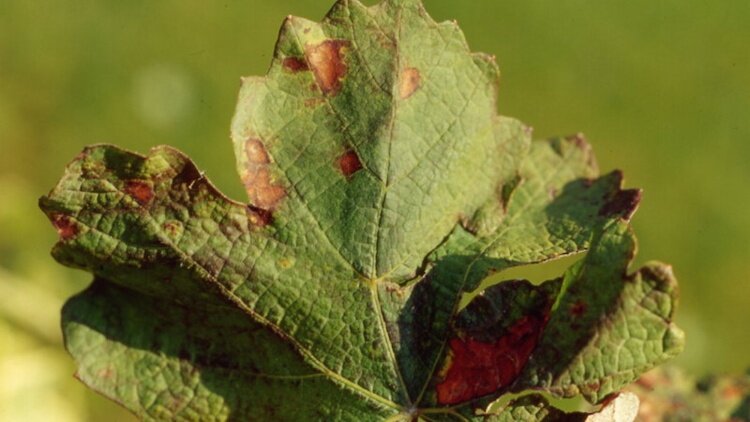
Effect of Black Rot on leaves
The black Rot it is a disease that affects the vine and its fruits and is most widespread in countries with a temperate climate.
Is caused by fungus or Glomerella chilled it spreads into the air and soil. The fungus attacks the leaves, branches, reeds, flowers and grapes of the vine.
Symptoms and diffusion
One of the most common symptoms of black rot is a black-brown discoloration on the leaves.
Its biological cycle lasts about two years.
The first year only affects the leaves and shoots, the second year also affects the fruit.
The symptoms are black spots on the leaves and shoots, which then turn into brown spots with black edges.
The fungus also causes lesions on the peel of the fruit that are brownish in color.
This disease spreads through the water droplets of rain, wind or insects such as aphids.
It can also be found on fruits fallen to the ground, such as apples or other fruit trees and develops mainly during warm periods with high levels of humidity (above 80).%).
The effects of black rot are not only aesthetic. The fungus can also cause withering, necrosis (death) and stunted growth.
This also affects both varieties of red grapes that white, as well as some varieties of apples like Granny Smith apples.
Fight and prevention
This disease can be prevented by planting vines in areas with good air circulation or by spraying fungicide on infected plants or vines.
The most common treatments for black rot are the copper sulphate combined with systemic fungicides such as azoxystrobin or propiconazole; these solutions, together with the sulphur dioxide gas they kill the fungus on contact but do not keep the screw safe from future outbreaks if they are not used properly or often enough.
This brings us back to the usual problem.
To date, the only method considered effective lies in scheduled treatments that take into account only the conditions “monitorable” to the naked eye.
Also in this case, however, aim at the use of technological tools to help the winegrower to making decisions having under control the real situation and the real needs of their own vineyard he’s a winner. In fact, through the use of forecast templates taking into account the weather conditions of the plots you have the opportunity to preventing the advent of this disease and to treat in a very punctual way the areas that are most risk.
Red Blotch Disease or Disease of Red Spots
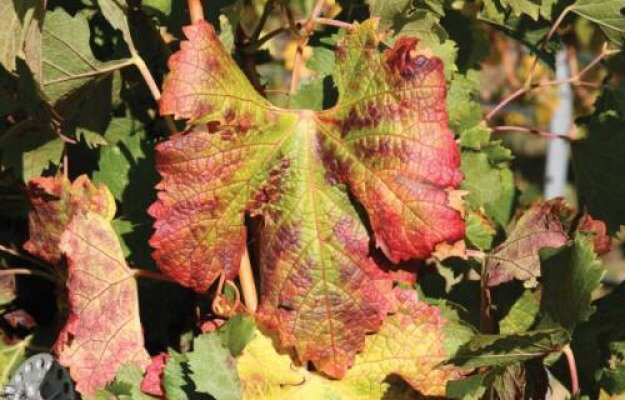
Effect of red spot disease on leaves
Red Blotch Desease or more commonly “red spot disease” was first discovered on the West Coast of the United States in 2011.
Only recently has the cause of its transmission been identified in the Spissistilus festinus.
In fact, it would be this insect to be the main carrier of this disease that in the States leads to very large production losses.
Symptoms and diffusion:
The symptoms are mainly red spots on the leaves and stems of the vine. These stains, at a later stage, turn into brown spots and then black spots.
Unfortunately during this process the leaves begin to crumple and fall, causing the vine to die.
To date there is no recognised phytosanitary treatment that can stem the development and spread of this disease.
Botrite or grey mold
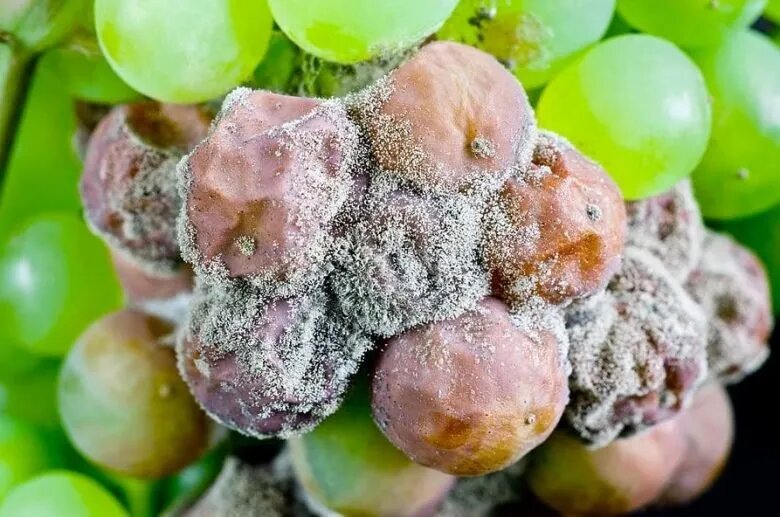
Effect of botrite on bunches of grapes
Botrytis cinerea, also known as botrite, grey mold O rotten grey, it is a fungus that affects several cultures in particular. vine, citrus fruits and in some cases also strawberries and tomato.
Symptoms and diffusion
It finds its peak of infectivity, in the period of ripening of grapes, causing a significant drop in the crop.
Often the fungus is deposited in vineyards already afflicted by peronospora, oidium e foil; infiltrating the lesions caused by these diseases
The most affected part of the vine is the bunch of grapes, that if ill will present the characteristic “grey” mold.
The hazardous of this disease is its remarkable ability to adapt to the weather conditions in the environment in which it thrives, moreover this pathogen has a high resistance to fungicides.
Another factor that makes this disease so threatening is the uncertainty among winegrowers about the measures to be taken to combat it. botrite in fact, it has only appeared of “recent” in some places.
In the vine, this pathogen causes two forms of infection:
- Grey mold O rotten grey: as already mentioned in the first part of the article, it is a very dangerous infection that affects the production yield of the wine. It develops mainly during the maturation period and requires a high and constant level of environmental humidity.
- Noble rot: it occurs in a warmer and drier climate where rising humidity is caused by morning dew or rainy episodes. Infection will promote a high concentration of zucchI was nElle grapes, making them dry without causing excessive damage.
In this case it is called ‘noble” since during the vinification, it will produce fine aromatic wines, liqueur and sweets. The most famous “muffati” wines are: Hungarian Tokaj and the French Sauternes and Monbazillac
Fight and Prevention
Since the grey mold it manifests itself in humid environments, mild temperatures and little ventilated, preventive interventions are essential, such as:
➔ avoid the stagnation of water using irrigation appropriate to the type of soil and with sufficient drainage,
➔ make pruning target infected areas,
➔ moderate the use of fertilisers azotatI,
➔ encourage the recirculation of the air through apruning of green“
➔ Fighting other diseases of the vine which can promote onset such as peronospora, oidium and thignola.
Preventive agronomic practices are revealed ineffective in the maturation phase, because the fungus is able to withstand even the action of antifungals.
Bearing in mind that it is always necessary to implement preventive treatments against grey mold or botrite, in the field of phytosanitary antibotritic we find:
SUMMARY:
- Boscalid
- Isofetamid
- Pyrimethanil
- Cyprodinil
- Fludioxonil + cyprodinil
- Fludioxonil
- Fenexamid
- Fenpyrazamine
BIOLOGICAL:
- Aureobasidium pullulans
- Potassium bicarbonate
- Bacillus amyloquefaciens
- Bacillus subtilis
- Pythium oligandrum
- Cerevisiane
- Eugenol+Geraniol+Timol (terpenes)
Pain of bait
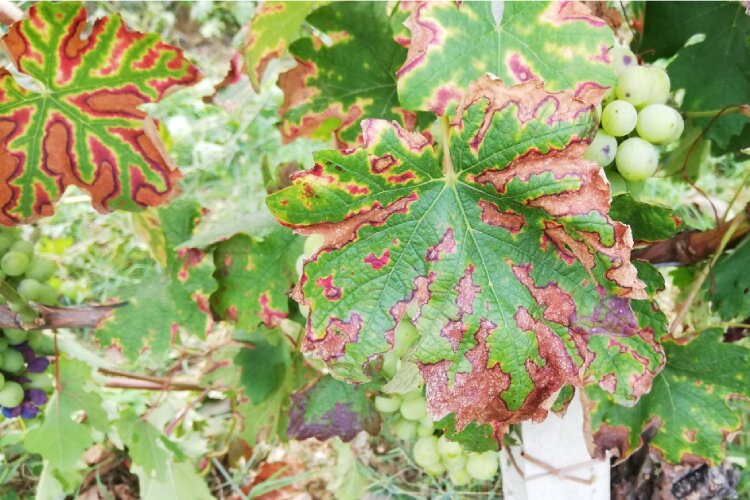
Effect of Mal Dell’Esca on leaves
Winegrowers face various diseases of the vine, including the pain of bait in most cases it causes the sudden death of the vine.
Symptoms and diffusion
Among the diseases of the trunk of the vine seems to be the most devastating.
Several fungi species have been associated with bait sickness, although the origin continues to be controversial, especially the disease is complex and irregular, largely dependent on varietal and environmental conditions (Marenghi, 2007).
According to existing studies, it is caused by several fungi such as Phaeoacremonium aleophilum, Phaeomoniella chlamydospora and Mediterranean Fomitiporia.
I symptoms bait soreness is more visible on mature vines, it seems that intensive pruning, frost and other lesions may contribute to the development and aggravation of the disease.
Already at the time of implantation, young vines may have already been compromised, symptoms can be:
- reduction of the torso diameter,
- rapturous interneds,
- small foliage and small size of leaves.
Other symptoms may be foliar chlorosis, followed by necrosis and premature defoliation; however, in the “older” vines, the affected leaves show a characteristic symptomatology, called “tiger strip”.
Analysing the trunks will be evident dark brown or black stripes in the vascular elements, they are nothing more than phenolic compounds in response to lesions, a defense mechanism of the plant.
Symptoms of decline in young vines resemble other important grape diseases, such as Pierce’s disease and nutrient deficiencies.
Fight and Prevention
To date we do not know about effective methods to definitively combat this disease of the vine, so the agronomic fight starts in particular from the prevention.
The fight against the pain of bait start with preventive practices from nurseries.
Good management techniques, in the nursery include:
❖ discard sick rootstocks or nesti.
❖ disinfect frequently tools, such as pruning shears.
❖ plant the cultivation in a well drained soil.
❖ choose controlled irrigation to avoid excess or water shortages.
The prevention in the field it is especially important at the time ofimplant.
Avoid implanting “suspected” vines, i.e. those with abnormalities such as: weak growth or irregularities in the roots, otherwise a solution could be to isolate them in rows where they can be monitored.
During the speeches of pruning, it is recommended as much as possible to avoid making cuts during high weather conditions humidity.
Post pruning to avoid that wounds are a means of spreading mushrooms, within 24 hours of cutting, they should be treated with sealants specific.
Always with a preventive perspective, in the specific case of biological control, the use of mushrooms Trichoderma sp, they are used to combat the disease.
To date there are no chemical treatments specific approved for bait sickness, the solution remains the regular use of good preventive practices.
Escoriosis
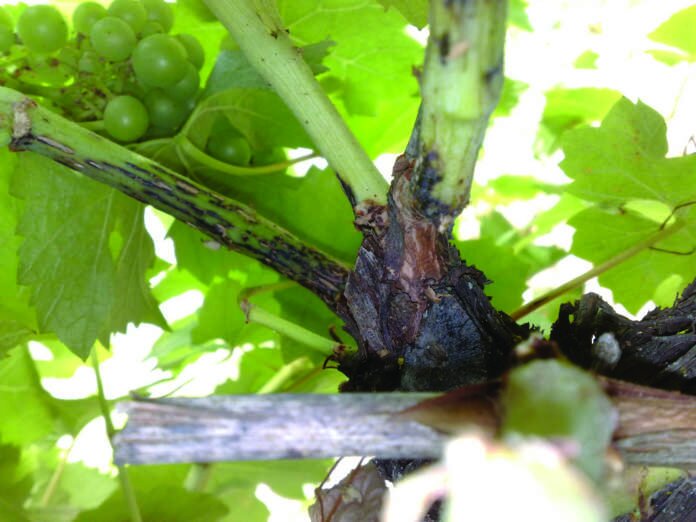
Effect of Cryptosporella viticola on branches
The Escoriosis, scientifically Cryptosporella viticola it is a disease of the vine that attacks different organs of the plant. Also commonly referred to as ‘cortical necrosis” (name derived from the blackening of the bark and woody tissue that occurs as the disease progresses).
The Escoriosis it can be caused by several factors, such as fungi and bacteria. Usually even if the infection starts in the spring, the symptoms they can be observed either in winter or late summer and include withered leaves, sprouting decay, and sunken cancers on twigs and branches.
The spread of this disease occurs mainly through splashes of water that carry the spore from one plant to another.
However, it can also be spread through infected rootstocks, pruning tools or soil.
As regards the phytosanitary treatments also in this case the most used remedies are the copper sulphate and the sulphur of lime.
Another highly recommended method for remedying excoriosis is the removal of infected leaves and all the moist soil around the vines. Finally, on a nutritional level, it is advisable not to exaggerate with nitrogen-based fertilisers.
This disease is caused by the grapevine Phomopsis fungus that develops in climates particularly humid and in which there are large precipitation.
In this case, too, we can say that the disease is weather dependent and that develops upon the occurrence of particular conditions climate and during certain phenological phases of the vine; this implies that through the use of data microclimatics and satellite images it is possible to prevent its advent.
How to use the data and the new technologies to prevent the diseases of the vineyard? Let’s talk about it in depth here: https://scopri.peronosporazero.it/
Nutritional deficiencies of the vine and onset of diseases
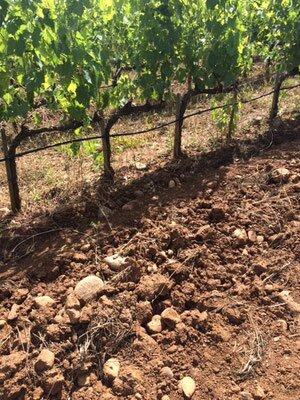
If so far we have talked about diseases caused by pathogens, now let’s take a look at the problems caused by the micro and macro nutrient deficiency of the vine.
Vine diseases caused by nutritional deficiencies are a major problem for wine production.
The most common shortcomings are summarised here:
- of nitrogen;
- of phosphorus;
- of magnesium;
- of potassium;
- of football;
- of iron;
Let’s analyse them specifically to understand why these elements are very important to the plant.
Nitrogen it is an essential nutrient for plants and is necessary to produce the chlorophyll that gives plants their green color.
The phosphorus instead, it is important for root development and disease resistance.
Moving forward on magnesium it supports photosynthesis, which converts light into energy for plant growth, as well as protein synthesis and synthesis of other compounds.
The potassium instead it helps to regulate the water balance.
The football it is an important component of cell walls and plant membranes, necessary to maintain the integrity of cells and provide strength to the stems. It is also necessary for many functions, including water transport, structure and function of the cell wall, membrane potentials, activation of enzymes and secretion of hormones.
Finally, the iron it is an essential mineral that helps produce the protein that carries oxygen in red blood cells.
It also helps to form collagen, which is a connective tissue protein and is important for cell division and wound healing.
Iron is also necessary for energy production as it transports oxygen to various parts of the plant and increases immunity by activating certain proteins that help fight infections.
How to address and reduce these shortcomings
The nutritional deficiencies of the vine can be reduced by applying fertilisers containing these nutritious at the right time, in sufficient quantity and in the right form (e.g. soluble).
These help the vine grow healthier and be more resistant to the aggression of pathogens and parasites.
Nutritional deficiencies, however, are not weather dependent. Then in this case the technology how does it support us? How can we have the control of the situation and to be safe that our vines have everything of which they need?
There are gods portable sensors at the cutting edge that through a measurement that is carried out by inserting their probe into the terrain, calculate in real time the values of nutritious which we have talked about and highlight the deficiencies.
This allows us to know the conditions of the vine whenever we need it. In this way, we have indications very precise and punctual on when e how much fertilise.
In this case, too, the technology, I data and the monitoring del terrain they can be a great support for the work of the winegrower.
If you are a winegrower and you have found this interesting article sign up for free Safe vineyard and you will receive the GUIDE on the PERONOSPORA OF VITE

SITEOGRAPHY:
- www.agraria.org/
viticulture-enology/
Peronospora.htm - www.giardinaggio.it/ortofrutta/
diseases-of-the-screw/oidium-of-the-screw.asp - www.agro.basf.it/
en/Services/Advertising/Mushroom pathogens/... - www.cinellicolombini.it/
Forum/
we save-the-vigne-from-disease-of-the-spots-red... - www.coltivazionebiologica.it/
botrite-o-mold-grey-of-the-screw/ - www.fitosanitario.re.it/
files/9216/1639/8409/
L.G._BOTRITE_BDF_23-02-2021.pdf - www.agronotizie.com
- www.terraevita.edagricole.it/
technical-and-technology/
screw-strategies-for—
stop-lescoriosis - www.trekkingandwine.com/
winelab/6-land-and-wine/
